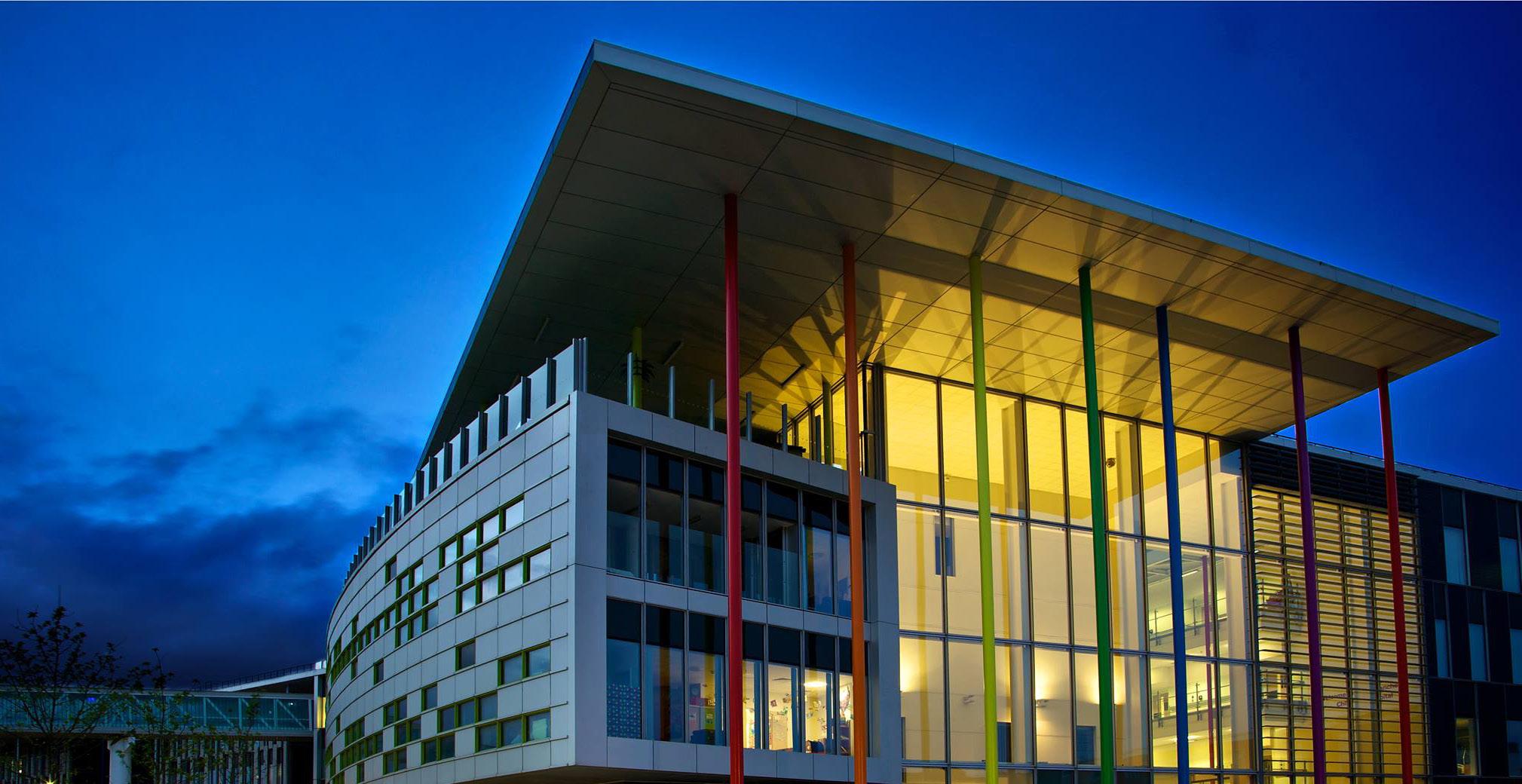
5 minute read
Meeting the ever-changing and urgent demand for space
from Health Business 20.3
by PSI Media
Simon Taylor, head of Portfolio Optimisation at NHS Property Services, discusses how the NHS and wider healthcare system will need to optimise its facilities post-coronavirus
From offices to health centres, the way we use space is changing. The Covid-19 pandemic has prevented many from entering the spaces that we have become accustomed to working in and, as a result, we have all had to adapt to new ways of working.
While offices have been closed for months - allowing managers time to reimagine how space will be used when the pandemic inevitably relents - hospitals, clinics and health centres have remained very much open. Because of this, they have had to rapidly adapt their spaces to protect other patients and NHS staff from Covid-19. At NHS Property Services (NHSPS), we have been working alongside the NHS to help them meet the ever-changing and urgent demand for space; a challenge that we will continue to face beyond the Covid-19 pandemic.

Empty Spaces
When thinking about optimising the NHS estate, one of the main challenges is knowing your estate and who it is allocated to. It is therefore vital that organisations are aware of the parts of their estate that are mostly occupied, partially occupied and empty. It is possible to gather this intel in a variety of ways, and one easy example of this is by looking to the people on the ground. We were able to do this effectively through our ‘empty spaces’ campaign, encouraging our facilities management teams who work across our estate to report to the facilities management helpdesk about how the spaces within NHSPS’ properties were being used.
Technology can also help organisations to gather this kind of intel. For example, there are simple solutions that can be utilised, such as installing a sensor in the main foyer of a building that will capture footfall going through the building, providing a rough estimate of the number of people accessing a property. By gathering occupancy data, combined with local knowledge and technological inputs, we can then better assess how space is being used; a key step to optimising space.

Advertisement
The next important stage in estate optimisation is understanding the demands of the people and services occupying the space. This can become difficult when one building has multiple stakeholders with different priorities, but by asking customers about their current and future requirements and the challenges they face, it is possible to better understand their actual needs and consider all of the available property options. It is important to clearly set out all requirements and challenges from the start, so that all stakeholders can visualise the best option for everyone involved.
Taking the time to understand our customers’ space requirements enables us to identify creative solutions to build capacity in the space that they already occupy, or nearby. This may provide them with lower cost options and quicker delivery compared to building something new. For example, we were approached by a GP who needed more space, with the initial request being to build a new primary care centre on the grounds of a nearby hospital. By having a detailed discussion with them to understand their specific requirements, we were able to help the GP and Commissioner consider how much space was really needed and advise them on a range of alternative options. This resulted in identifying the more straightforward solution of reconfiguring and refurbishing unused hospital space.

Allocating space differently
Similarly, following the Covid-19 pandemic, it seems likely that a significant number of healthcare consultations will continue to be digital which may mean that different types of space will be needed. If this is the case, additional reconfiguration projects may be needed in order to save the estate money, but also to adapt to new ways of working.
Allocating space differently, as well as using technology to facilitate the booking of space for temporary use, can also help with the process of estate optimisation. For example, if a health centre has an unused room, a local physiotherapist could book the room for the hours that they need to work, with other essential healthcare providers booking the room at different times throughout the day. This allows patients to have a range a healthcare services available to them in their area – services they may not have had access to in the past. If however, there is vacant space that neither the building occupiers nor other professionals are using, we can then consider how it can be used to support social prescribing opportunities in local communities.

Advertisement
In addition, it’s also possible to adapt existing buildings to change the space internally, particularly if the building is older and structurally sound but its interior needs reconfiguration or an update. We have been able to use this approach successfully over the past few months, transforming under-utilised clinical space to provide additional bed capacity to support Covid-19 wards at low cost. It is also important to bear in mind the interior or aesthetic of a property and how this impacts the way the space and the staff within it function.
Through a new initiative called ‘Healthy Places’, we plan to adapt the aesthetics of a space so that it can become more functional and suited to the occupier’s demands, while simultaneously benefitting the welfare of all those who use the space. This is particularly important for hospitals, clinics and health centres as the interior of these spaces will impact the mental well-being of patients, in addition to the people that work in the buildings.

Advertisement
Covid-19 has undoubtedly changed the way that both office space and healthcare estate are used. The social distancing guidelines brought about by the pandemic have made the standard metrics of how many employees there are in a space somewhat irrelevant for now, while on the other hand, healthcare centres have had to increase their capacity and space in order to treat and protect additional patients.
In the post Covid-19 world, as we continue to support the delivery of the NHS Long-term Plan, workspaces will continue to have a different purpose than before, and we must endeavour to optimise space according to the ever-evolving demands and requirements of this country’s patients and staff.
FURTHER INFORMATION:
www.property.nhs.uk










